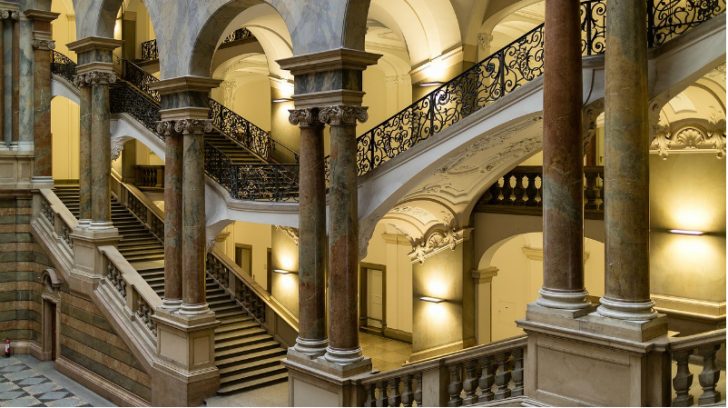
The notion of blockchain confirmation of evidence for courts may seem outlandid-ish. Yet it is imaginable, as Al Davidson envisages in an MOJ Digital & Technology blog published last week.
As he describes: “..the property of distributing trust could be genuinely transformational in situations where public trust of government might not be taken for granted. One such situation is in criminal prosecutions. As digital evidence such as documents, emails, and video footage becomes more and more important, we need to make sure that procedures and mechanisms for verifying the integrity of this evidence are kept up to date and appropriate for a modern digital society.”

What might blockchain confirmation of evidence look like?
In the blog Mr Davidson envisages an environment where the police carry a video camera (one presumes something like a chest camera but this could surely also apply to cameras in patrol vehicles or elsewhere). On a national basis he estimates the quantity of video generated could easily exceed a petabyte per day, all of which would need downloading at the end of each officer’s shift, referencing and secure storage.
In his words: “(i)magine that at the end of their shift, each officer plugs their video camera into a device which splits the recorded footage into small chunks – say, 10 minutes per chunk – and uploads each chunk to a secure cloud service. This service (would) perform several functions:
- “provide secure cloud storage and controlled access
- “record metadata about each clip – which device it was from, where and when it was shot, etc
- “calculates a hash of the clip, and of the metadata (a hash is (the) mathematical function which generates a unique value of a known small size, for any size input – they are often used to ‘fingerprint’ data, as changing even one byte of the data would produce a different hash)
- “record the hashes of the clip and its metadata onto a blockchain.”
An important element here, for performance reasons alone, is that the video clips themselves would not be on the blockchain. Only the hash of each clips data and metadata, including a pointer to its location in the secure storage, would be on the blockchain.
In Court
The whole point about blockchain use would arise in Court. “If (a) chunk of video were needed in court, it could be unambiguously, cryptographically verified that the chunk of video seen in court is exactly identical to that particular chunk recorded at that time, and has not been altered or processed in any way.
“Where processing is needed, for instance to enhance clarity, hashes of the processed clip could also be logged on the blockchain. The original source footage could then be compared to demonstrate that the processing has not been excessive or introduced unreasonable artefacts.
“As the blockchain is distributed, append-only, and near real-time, even the most ardent conspiracy theorists could verify for themselves that the evidence has not been tampered with – there could be no possibility of records being falsified after the fact without detection.”
What does this mean
As Mr Davidson describes, this is only a “thought experiment”. Yet the implications are fascinating. Reflect on his earlier words “the property of distributing trust could be genuinely transformational in situations where public trust of government might not be taken for granted”. Governments, and other institutions, increasingly suffer from a credibility deficit. Belief erodes when information and data is not transparent – and/or if there is a fear (real or imagined) that others can change the data or evidence.
Whether it is authentication of the genuineness of drug manufacture, of court evidence, of food sourcing, of licence validity, etc, the non-Bitcoin related possibilities for blockchain use grow and grow. As always the benefits lie in:
- an authoritative system of record where everyone who subscribes to a blockchain has a permanent record of every transaction
- every entry written to the blockchain cannot be altered by anyone
- everyone can see when and by whom it was added.
In such an environment there exists the possibility that a single source of truth might emerge. There would be no need for everyone to trust a single authority. The trust would be distributed and decentralised among users, and visible to all. This would make a marked change from the secrecy which permeates most bureaucracies today.



























It will be interesting to see how this develops. Adobe has been showing off its tools and how easy it is to alter video. Current techniques for forensic validation of video rely on detailed analysis of low frequency noise which is remarkably hard to fake. This suggests a far better way and if they use it to link all enhancements to the original with a stronger chain of custody then it’s hard to see why this wouldn’t be rolled out immediately.